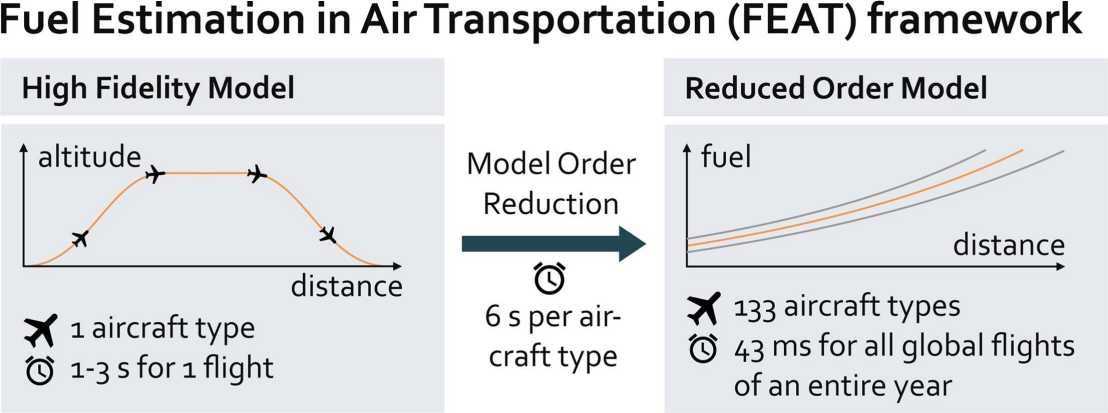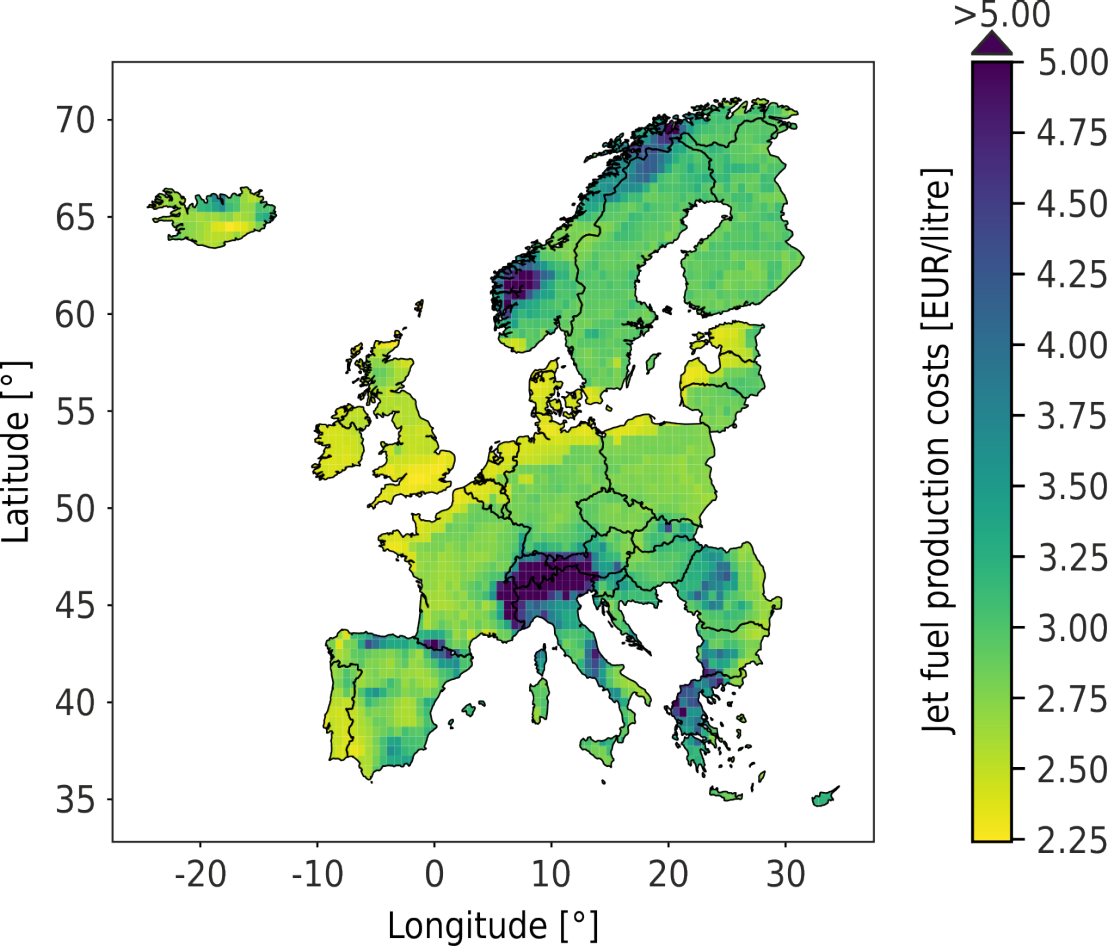CO2 - every kilogram counts
Researchers at the ETH Department of Mechanical and Process Engineering have explored how flying can become more climate friendly. They have developed a method to calculate the CO2 emissions of air travel. Their current focus lies on estimating the future cost of renewable jet fuel.
Aviation causes external page 2% of global anthropogenic CO2 emissions. However, aircraft emissions at high altitude also induce other climate-warming effects, such as the formation of cirrus clouds. A recent study therefore found that “external page aviation represents around 3.5% of the warming impact caused by humans in the present day.”
So far, the International Civil Aviation Organization (ICAO) has only established weak measures to bring the aviation industry on a pathway compatible with the goal of the external page Paris Agreement to limit global warming to 1.5 or 2.0°C. Its external page Carbon Offsetting and Reduction Scheme in International Aviation (CORSIA) foresees a carbon-neutral growth of the industry from 2020 on – however, starting voluntarily and being subject to external page many uncertainties.
How to sustainably reduce the climate impact of global air traffic is a highly topical issue that is also receiving attention at ETH Zurich, e.g. as part of the external page Initiative on the Decarbonisation of Aviation or the ETH Mobility Platform.

Researchers at the Department of Mechanical and Process Engineering led by Prof. Konstantinos Boulouchos have compared the CO2 reduction effect of different technical solutions to determine which ones contribute how much to a more sustainable aviation. The climate impact of aviation can be reduced by:
- operational improvements, e.g. air traffic management or route optimization (e.g. to external page avoid trajectories with a high risk of climate-impacting cloud formation)
- technological improvements, e.g. engine efficiency or alternative airframe designs
- new energy carrier, e.g. sustainable aviation fuels (SAFs), or external page battery-electric propulsion (for short-haul flights probably being viable towards 2050)
- demand-side measures, e.g. demand reduction
As part of the research work, ETH researchers developed a model that can be used to efficiently and precisely calculate CO2 emissions from global aviation. Research assistant Kyle Seymour, PhD student Maximilian Held and group leader Dr Gil Georges were involved in the development of this external page Fuel Estimation in Air Transportation (FEAT) model.

With the FEAT-Modell flight profiles are modelled and the corresponding fuel consumption is calculated on the basis of aircraft characteristics. This makes it possible, for example, to analyse the influence of an improvement in engine efficiency, aerodynamics or lightweight construction. Subsequently, a “reduced order” model is derived from this “high fidelity” model. From this, various emission scenarios can be calculated in a very time-efficient manner. One finding is that current (business as usual) measures are far from sufficient to limit global warming to 1.5°C or 2.0°C. Several emission scenarios have been developed and will be published in the course of the year in Maximilian Held's doctoral thesis. Even in the most ambitious scenario, future fuel consumption will not decrease.
To meet a 1.5/2.0°C target, other measures are needed. That is why a new focus of their research is the production of alternative, sustainable aviation fuels, as they believe these have the greatest potential. Sustainably produced kerosene can be added to fossil kerosene and can already be used by aircraft today without conversion. Whether such fuels can possibly even solve the problem of cirrus cloud formation is currently still a subject of research.

The researchers are currently determining the future production costs of sustainable fuels in Europe. For aviation, they are analyzing kerosene synthesized with renewable electricity and CO2 captured from the air. Fuels produced with this process are also called e-fuels. How CO2 can be captured from the air is the core business of the ETH spin-off external page Climeworks. Another ETH spin-off, on the other hand, is working on a different production process: external page Synhelion uses thermochemical processes to produce kerosene directly from concentrated solar irradiation. In the long term, they hope to achieve higher efficiencies and thus lower production costs for their solar jet fuel compared to e-jet fuel.
Preliminary results show that sustainable e-jet fuel will be about five to eight times more expensive than today's fossil jet fuel. However, the researchers expect costs to drop significantly in the long run, while fossil jet fuel will become more expensive due to progressive CO2 taxation.
A cooperation with Google has also developed out of the research project. In 2020, the company introduced a new function in its flight search portal Google Flights, with which the flight options for a route within several European countries can now also be sorted according to CO2 emissions. The ETH researchers worked closely with Elke Michlmayr and Patrik Reali from Google Flights. Recently, the project was presented by Sundar Pichai, CEO of Google.